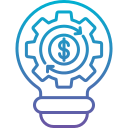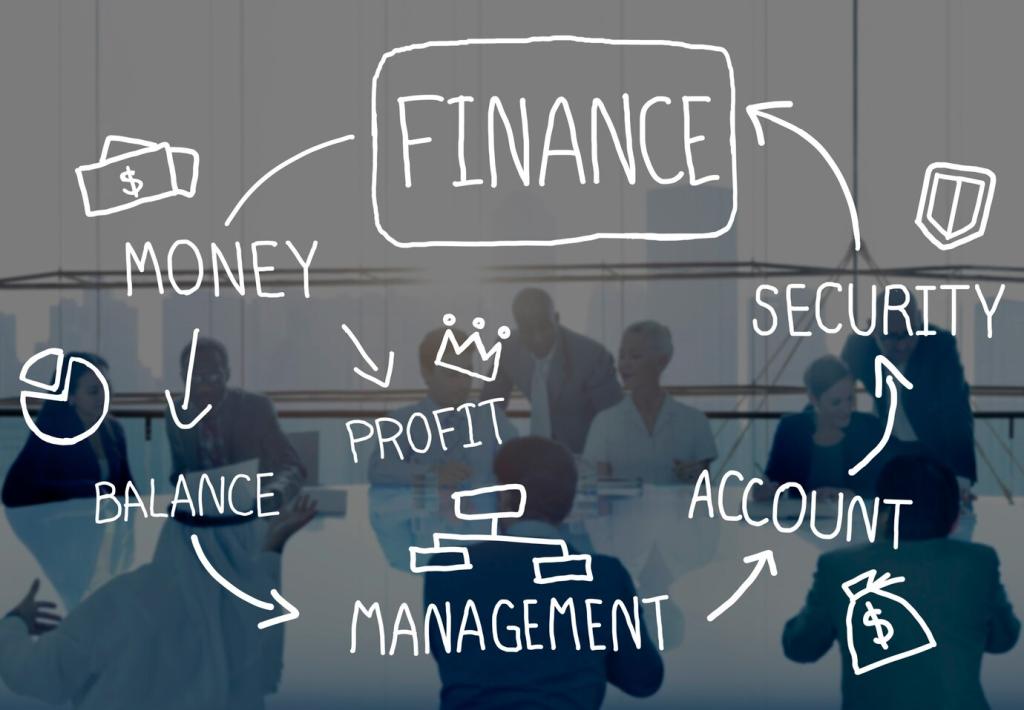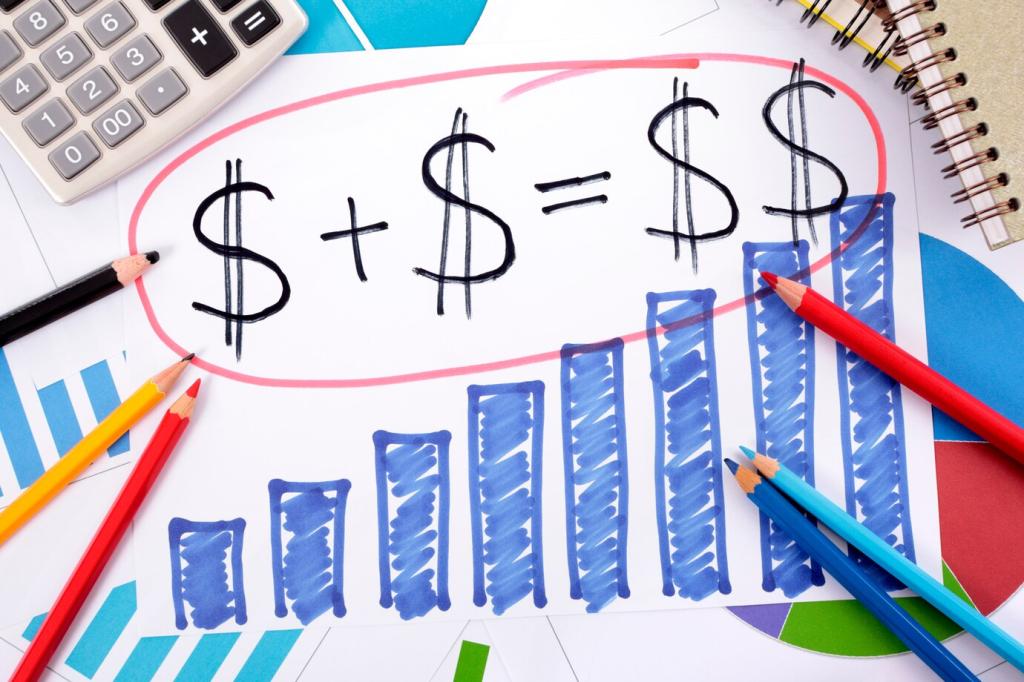Risk Management Reimagined with Big Data
By blending invoice histories, payment behaviors, sector health, and alternative data, finance teams score counterparties continuously, not annually. Early warning flags prompt tighter terms or proactive outreach, reducing doubtful accounts while preserving healthy customer relationships built on timely, evidence-based conversations.
Risk Management Reimagined with Big Data
Stress tests improve when fed with energy prices, logistics delays, and currency volatility as they happen. Finance simulates shocks across revenue, cost, and cash flows, then pre-positions hedges or adjusts pricing. The practice turns uncertainty into disciplined preparedness instead of reactive firefighting under pressure.




